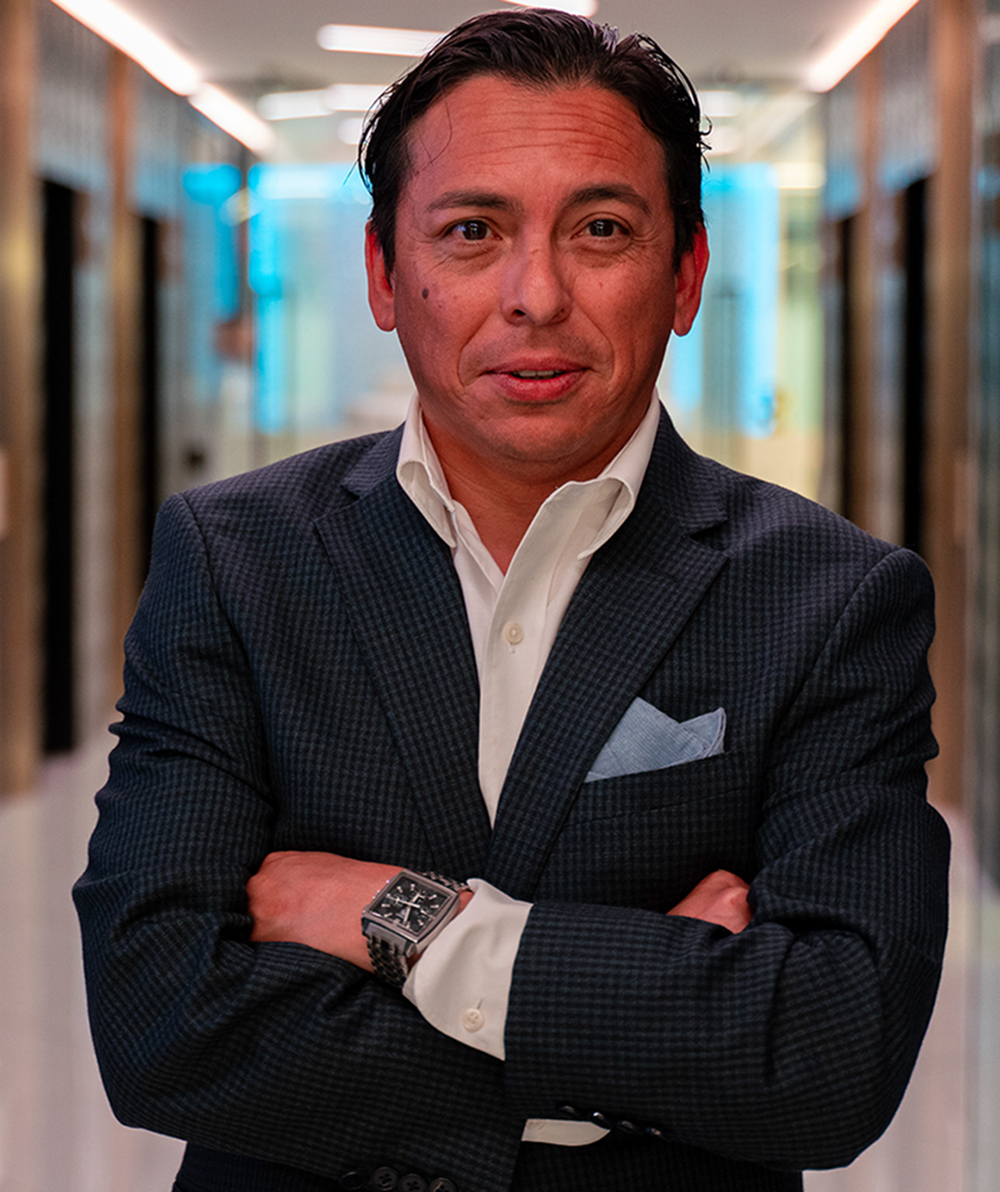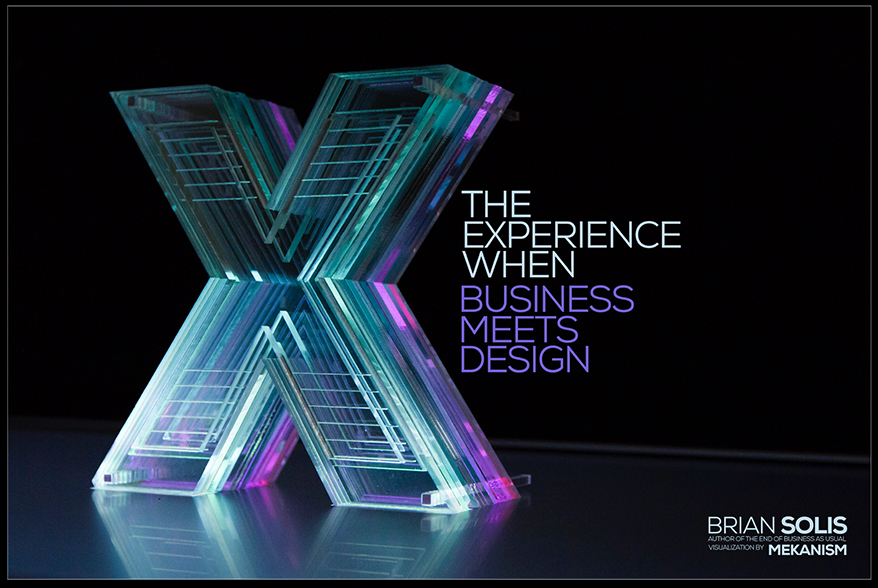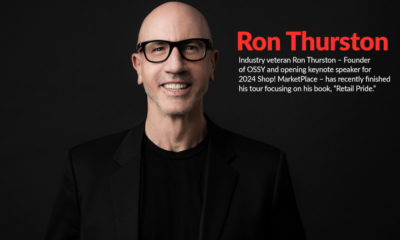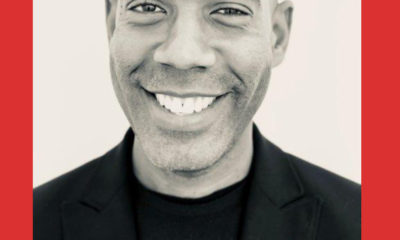 Brian Solis
He’s a digital anthropologist and Salesforce.com’s Global Innovation Evangelist, evaluating how the ongoing digital revolution has changed everything about the way companies and consumers do business — especially in a pandemic world.
Brian Solis
He’s a digital anthropologist and Salesforce.com’s Global Innovation Evangelist, evaluating how the ongoing digital revolution has changed everything about the way companies and consumers do business — especially in a pandemic world.
How did you become an innovation evangelist?
In the 1990s, Silicon Valley was literally that, silicon hardware enterprise companies. I took a strong passion in what was then called Web 1.0 – essentially an informational read-only platform. But as consumerization of the Internet began to reimagine everything, from B2B to B2C to, ultimately, digitally hybrid physical spaces, I wanted to be part of this renaissance.
I realized people were changing once they got online, how they connected with one another, how they communicated. That helped me make sense of how to help other digital and Internet companies market themselves, and even create companies that were going to be more relevant as the market was shifting to the rise of Web 2.0, which is essentially social media. At Salesforce, I have the opportunity to help companies who need it, which is basically every company of every size around the world.

Brian Solis 2.0
So, a digital anthropologist. What does that mean?
It attempts to understand all the changes that keep happening, from a technological standpoint, and the changes that businesses need to make to adapt. So, for a retailer, customers have become used to shopping online, they’ve become used to the personal innovations and the rapidity of e-commerce and [Amazon] Prime delivery. That becomes their new standard; fail at it at your peril.
I guess much of that is the result of Amazon.
One of the things that happened to consumers was getting used to shopping online – used to the personal innovation, used to the rapid e-commerce, used to the Prime delivery. That becomes a standard. All these user experiences that first Amazon, then the entire network, innovated reshaped how people want to engage and to interact. In every way. So two decades ago, providers saw what Amazon had done and proclaimed, ‘We want to become the Amazon of healthcare,’ or ‘We want to be the Amazon of finance.’ Now, there’s the opportunity to be the Amazon of everything.
And then came Covid.
It changed everything. There’s a quote: ‘Organizations are disrupted when their customer expectations and behaviors change. Entire industries are disrupted when customer expectations and behaviors change all at once.’ That’s what happened last year. The thing about 2020, we all as a human race were disrupted equally. We all had to find a new way to navigate almost every facet of our world – work, school, entertainment, shopping, healthcare.
And that way was digital?
That’s right. And the more we used it, the more impatient and demanding we became and the more we learned to multitask. It wasn’t just about digitization anymore, it was now about using digital for a better customer experience in alignment with how people were changing. Stores were closed. Many public spaces were closed. Digital became a way not only of transacting, but also a way of changing expectations, preferences, behaviors.
Did retailers abandon the mindset that “customers want to touch and feel the merchandise”?
The semblance of touch is important, but it’s also overestimated. Look at 2020. People were buying cars and even homes, spending tens of millions of dollars, without seeing, touching and experiencing the product. All they had was some kind of online augmented reality, 3-D walkthroughs and drones.
So buyers’ remorse was inevitable?
You’d think so. But in 2020, McKinsey data showed that 75 percent of customers tried a new brand, and 83 percent expected to stay with that new brand post-Covid. Shoppers experimented and will continue to experiment. If we don’t understand that, we’ll witness even greater disruption going forward.
Advertisement

 Photo Gallery1 week ago
Photo Gallery1 week ago
 Headlines5 days ago
Headlines5 days ago
 Headlines1 week ago
Headlines1 week ago
 Headlines2 weeks ago
Headlines2 weeks ago
 Headlines2 weeks ago
Headlines2 weeks ago
 Designer Dozen1 week ago
Designer Dozen1 week ago
 Headlines1 week ago
Headlines1 week ago
 Headlines4 days ago
Headlines4 days ago





















